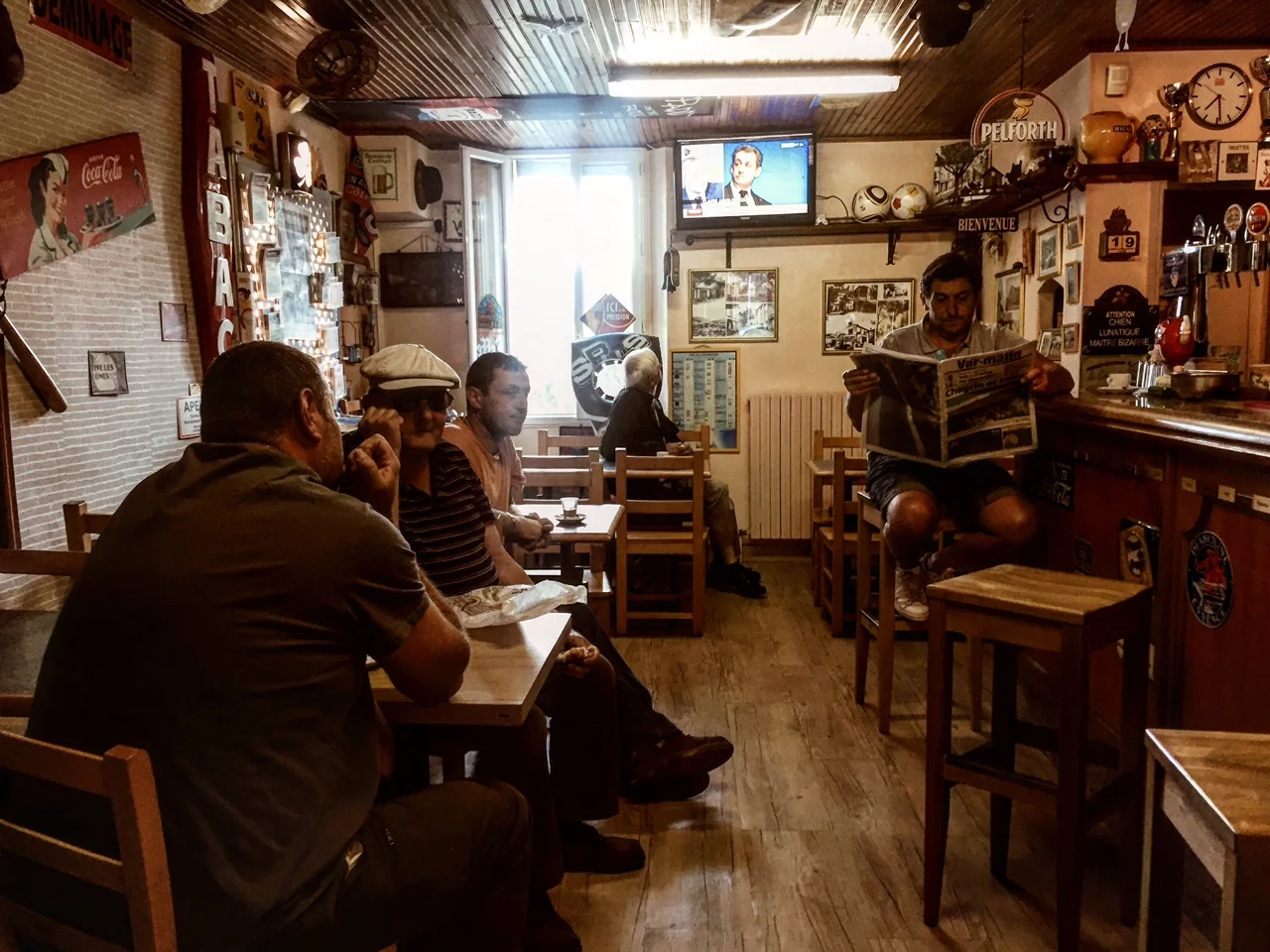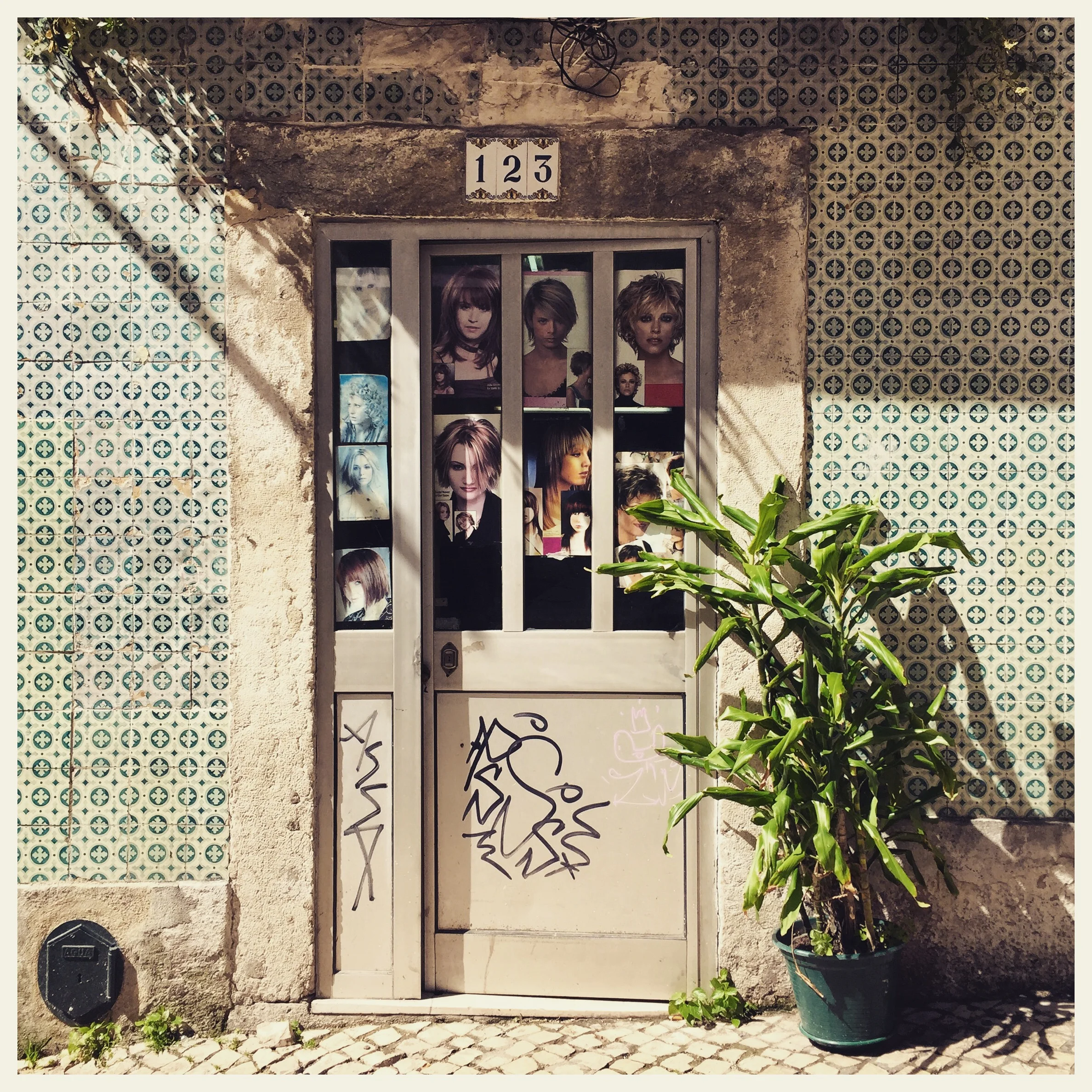The Road to Comps-sur-Artuby
To have a successful road trip you need a good map. It’s all very well using sat-nav as you fly down highways from one city to another (listening to the American accented French pronunciation of the sat-nav-lady), or navigating your way to the hotel once you arrive in a big city. But if you want to explore the back streets of a region, to understand its hinterland, you have to get your hands on a good old fashioned, very large scale, map. Experience shows that Michelin maps have got it right for years. Buy the best scale version of the region you intend to visit well before you leave for your trip, and study it.
Our road to Comps-sur-Artuby......
From the Luberon to Comps-sur-Artuby we followed a route that would best show off the quiet Provencal countryside. Our objective - to keep the roof down and steer clear of highways. First, we took the D900 from Apt through villages like Cereste, from there we cut down on the smaller D901 to Manosque over a sweet little pass. The whole route of about an hour, will take you through sparkling green meadows, and lavender and sunflower fields. We drove through small lively towns slowly and watched the locals and visitors eating roadside. From Manosque we climbed towards Gréoux Le Bains and then, on the D952, towards the Lac de Saint Croix. This startling bright bright turquoise lake is surrounded by a higher plane full of purple lavender fields and yellow sunflowers. The lake is best accessed via Saint Croix du Verdon. Eat lunch there at the restaurant panoramique (good salads) and go down the steep windy road for a swim in the lake.
Refreshed post swim, we drove back around the lake on the very small white road to Moustiers Saint Marie and paused to observe the well known tourist destination cling impressively to the mountainside. From there we moved towards the entrance to the Verdon Gorge (one of the biggest canyons in Europe and spectacular). We suggest choosing the larger of the two roads running on each side of the gorge, which is also pretty small. The whole crossing was thrillingly vertiginous and had us stopping at various viewing points to take in the scale of the thing. Eventually, after an hour, the road broadened and dropped down towards the cold, light blue river that had tempted us throughout the crossing. We clambered down below a huge old pont, and enjoyed the second en route swim.
With our towels and costumes drying on the back seat, and the road widening through fresh green mountain meadows, we picked up speed towards Comps-sur-Artuby on the tiny D955. At the village entrance is an old roadside hotel built in 1737 for passing travellers. It has been used for this purpose since, and remains true to its origins in full retro detail.
Our basic, and very well priced, room was airy and clean, with a sweet little balcony to the street. We suggest ordering the plat-du-jour for dinner which is served in the hotel courtyard on the roadside. In colder weather you will be served in the hotel dining room with beautiful views of the mountainous area around the village.
The village also has a bakery, a café-bar that serves its community, and a cluster of old houses. It really is very small, but serves as a lovely resting place for a night. The next morning we woke up to the smell of sweet baking bread. Keen to start early, we popped out to the bakery, bought a pastry and headed for a coffee to the cafe which was already well open at 7 am. Inside, we found a group of weathered locals, engaging in their pre-work chat.
The clientele grew as we sat there. After much kissing on both cheeks and multiple bonjours, the friends engaged in vigorous banter about local gossip and politics. All of this continued over noisettes (french version of a macchiatto), newspapers and the sound of the television.
The café/bar owner kept the continuity of the discussion as new customers entered, and seemed insatiably interested in the local news.
With the rare feeling of being insiders in France, we trusted ourselves to make friends in broken French and much gesticulation. Eventually, we wished everyone an affectionate au revoir. We set off on our next leg towards San Remo, feeling full of love for the citizens of the small village we had just left.
















